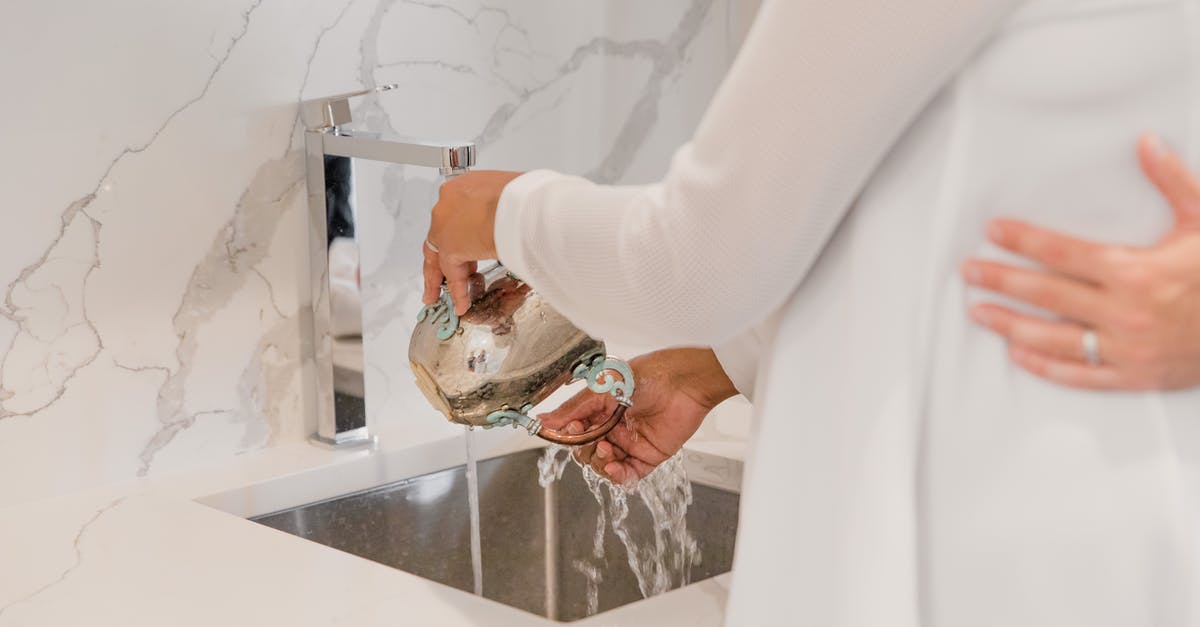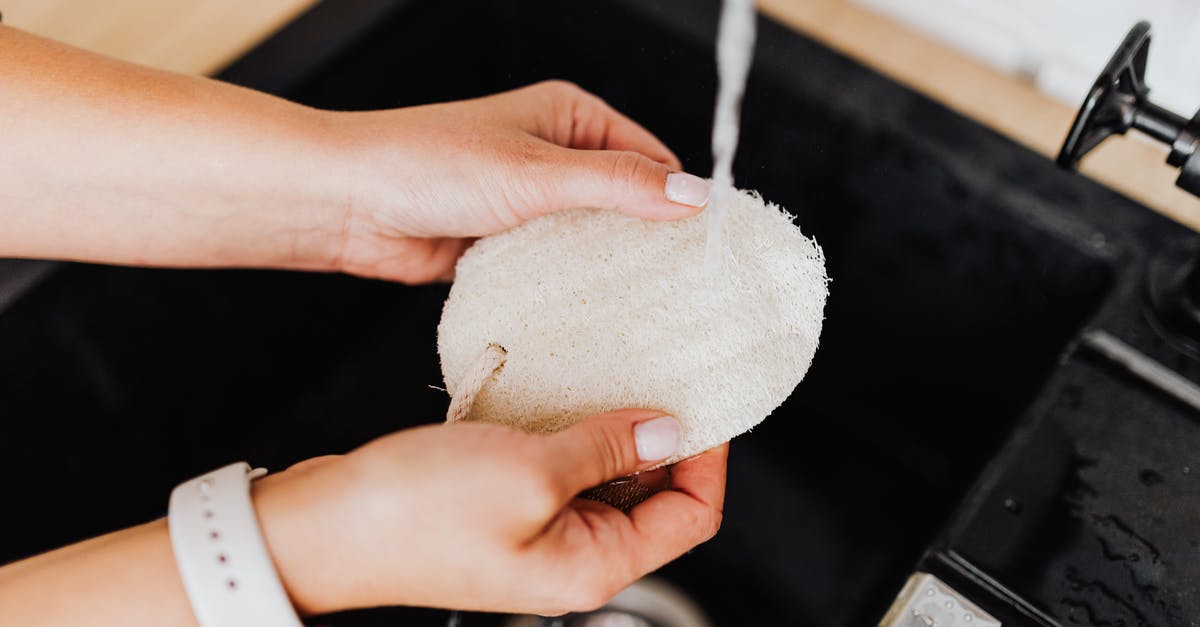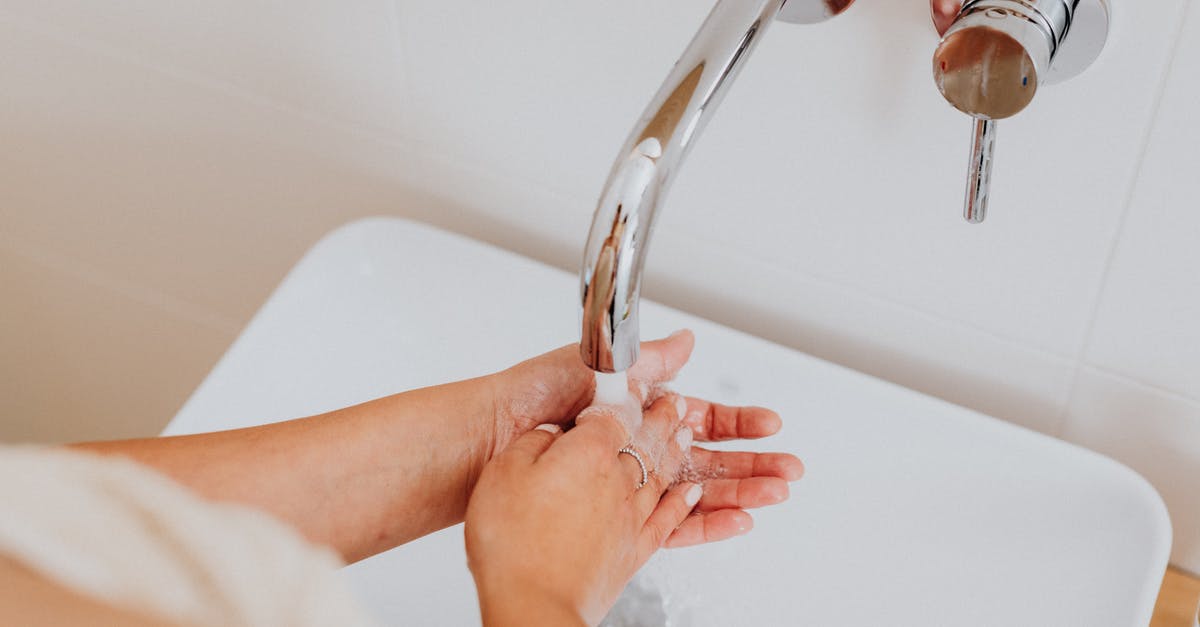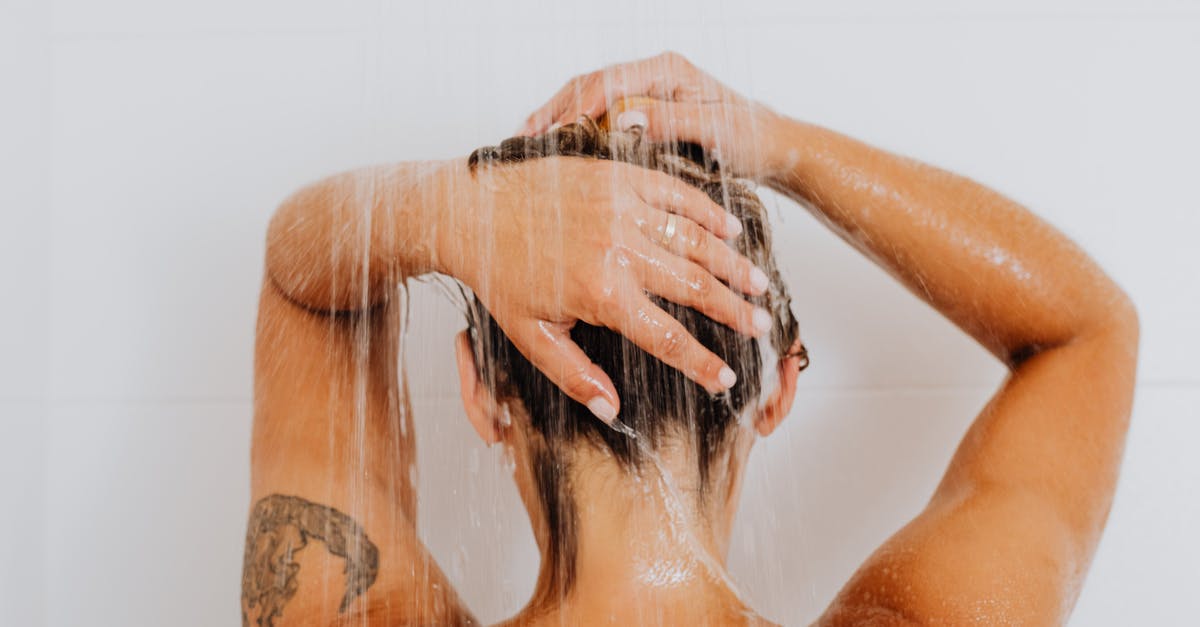Rice: Measuring water after washing it

Lately, I've been struggling to cook rice at the kitchen I work at. We cook the rice by putting it in a hotel pan, put water on top, plastic and foil wrap it and throw it into the oven. One cook says I should just use 2:1 water:rice ratio, but another chef showed me how washing rice makes it much better.
The chef uses an artsy method to measure the water: put your hands on the rice in the water and if its past a certain knuckle, it's good. I've tried that and failed so many times. I then tried measuring the water and it's always too much because the washed rice is wet and already contains water. We have no china hat to strain it properly so I have to use my hands to stop the rice.
Now my question: does anyone know how much less water I should put on the rice after I washed it?
Thank you!
Best Answer
The problem is that the 2:1 ratio just doesn't hold true. Alton Brown hinted at this in Power to the Pilaf:
Now, the second secret to happy rice is finding the right ratio of rice to liquid. The instructions on your average bag of rice always says the same thing, "1 cup rice, 2 cups water." If that were right, and I don't think it is, one could deduce that a 2 to 1 water/rice ratio would always be the way to go no matter how much rice was involved. Well, it isn't that way. Not only are 2 cups of water more than any respectable cup of long grain rice needs, but the proportion of water to rice actually goes down the more rice you cook. Here's how we see it.
Now, for the sake of argument we will restrict our demonstration to American long grain white rice. One cup of rice will cook very nicely, thank you, in 1 1/2 cups of water. It seems pretty simple, right? But, the plot thickens. Two cups of rice will cook perfectly in 2 3/4 cups of water. Wait, it gets even weirder. Three cups of rice can be cooked to perfection in 3 1/2 cups of water.
Which obviously makes it seem apparent that the more rice you cook the less water you need. Now, if you have a slide rule and you know how to use it you could probably figure out some handy formula or at the very least come up with a good comedy routine. "Hey, Abbot. When are we going to have more rice than watuh?"
America's Test Kitchen did some further study, and figured out what the problem is -- you need 1 cup of water per cup of rice (for the varieties they used), plus the amount that's lost through evaporation.
I suspect that the reason that the 'up to the (first|second) knuckle' trick works is that those people are most likely cooking in the same pan, with the same lid (and so the amount of water lost through evaporation is more constant), and cooking nearly the same amount of rice each time. Of course, a constant head space would actually mean less water for evaporation each time (as not all of it will fit between the grains of the rice), so there must be some range of acceptable water to rice, rather than it being a rigid fixed number.
Pictures about "Rice: Measuring water after washing it"



Quick Answer about "Rice: Measuring water after washing it"
Do I measure rice before or after rinsing?
Measure the rice into a cup and level the top. Rinse the rice in a fine mesh sieve thoroughly in cold water until the water is clear.How do you measure how much water for rice?
The water level should be at your first knuckle when the tip of your finger touches the rice. In the knuckle method, you add one first-knuckle's worth of water regardless of the amount of rice being cooked.How does the rice finger trick work?
The trick works regardless of finger size or grain length....Here's what you do:Cooking Perfect Rice Uncle Roger's way. Bonus: How to measure rice with finger.
More answers regarding rice: Measuring water after washing it
Answer 2
Simply use a scale. Weigh the dry rice first, note the weight. Then wash it. Put it back on the scale and add water until you have 3 times the original weight, that's a 2:1 ratio.
That being said, a sieve is probably also a good thing to have. The reason washed rice is better is that you're removing starch from the surface. If you don't throw out all the starchy water, part of the starch stays back, reducing the effect of the washing.
If your management objects to buying a sieve, tell them that you're losing quite a bit of rice grains through your fingers.
Sources: Stack Exchange - This article follows the attribution requirements of Stack Exchange and is licensed under CC BY-SA 3.0.
Images: RODNAE Productions, Karolina Grabowska, Karolina Grabowska, Karolina Grabowska
